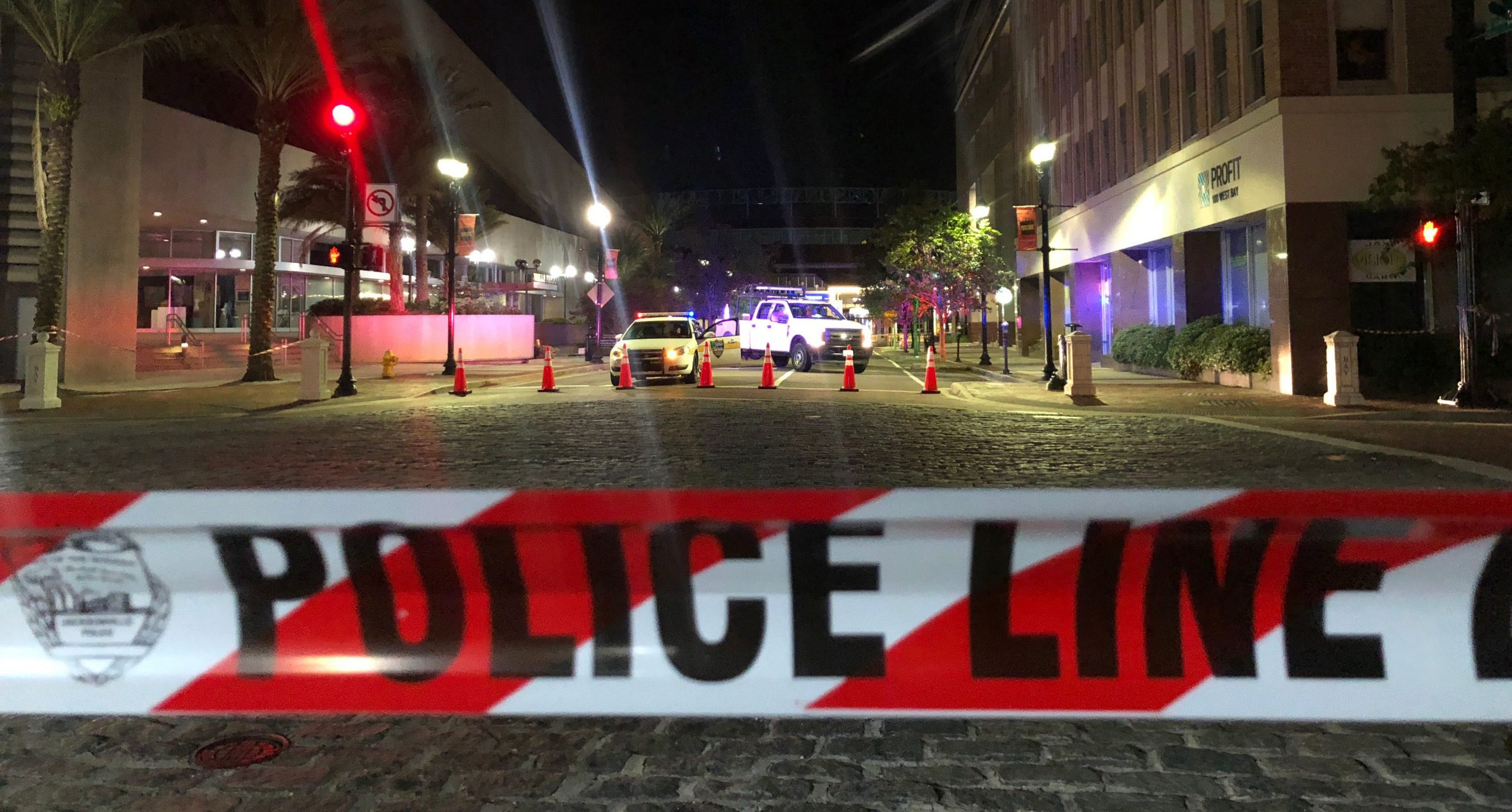At least 14,611 Americans were killed by guns last year, excluding most suicides, according to data collected by Gun Violence Archive, a nonprofit that tracks shootings through media and law enforcement reports. That’s a nearly 7 percent drop compared to last year, and the first decline recorded by GVA in its five-year history.

GVA records and publishes data on gun incidents in real time, and this figure represents one of the earliest estimates of gun violence in 2018. The Centers for Disease Control and Prevention, which tracks firearms mortality, typically takes almost a year to release data on gun deaths. Since 2014, when GVA launched, its tallies of firearm deaths have been within 5 percent of the CDC’s.
The GVA data is not without caveats, however: Because of the nonprofit’s reliance on police and media reports, its final estimate may change as more detail becomes available. The data also excludes most suicides, which account for the majority of annual gun deaths — and which are rising. Last month, the CDC reported that 39,773 people in the United States died from gunshot wounds in 2017, the most single-year gun deaths in half a century. The increase was driven by suicides.
GVA recorded 28,159 firearm injuries in 2018, a 10 percent decrease over 2017. Unlike its gun death counts, GVA’s tallies of nonfatal shootings are significantly lower than estimates produced by the CDC. GVA director Mark Bryant said the discrepancy can be chalked up to issues with the CDC’s methodology, which The Trace has reported on previously.

Child shootings were down in 2018. But even with a 12 percent drop, at least 3,493 kids under 18 were shot last year. Mass shootings, which GVA defines as incidents in which at least four people are shot, registered a very slight drop between 2017 and 2018: GVA tallied 340, six fewer than in 2017. The number of people killed in mass shootings also fell, from 437 to 373, while the number of people injured in such incidents dropped sharply to 1,347 — a 25 percent decline. Mass shooting deaths represent a mere 1 percent of annual gun deaths.
Unintentional shootings dropped 21 percent year-over-year, to 1,597; such incidents also dropped 9 percent between 2016 and 2017. Murder-suicides, however, were up slightly, from 602 in 2017 to 613 last year, a 2 percent increase.
We don’t know what has caused the apparent drop in gun violence. We have some indication of why gun violence is falling in cities like Chicago, where police have teamed up with crime analysts to employ data-driven policing in several violent hotspots. New Orleans’s homicide rate was down for the third year in a row in 2018; police credit the drop to an increase in the use of surveillance cameras and the launch of a tactical team tasked with arresting repeat violent offenders, while crime analysts say a population decrease is partly responsible. At the same time, shooting deaths have risen in places including Washington, D.C., and Philadelphia.


